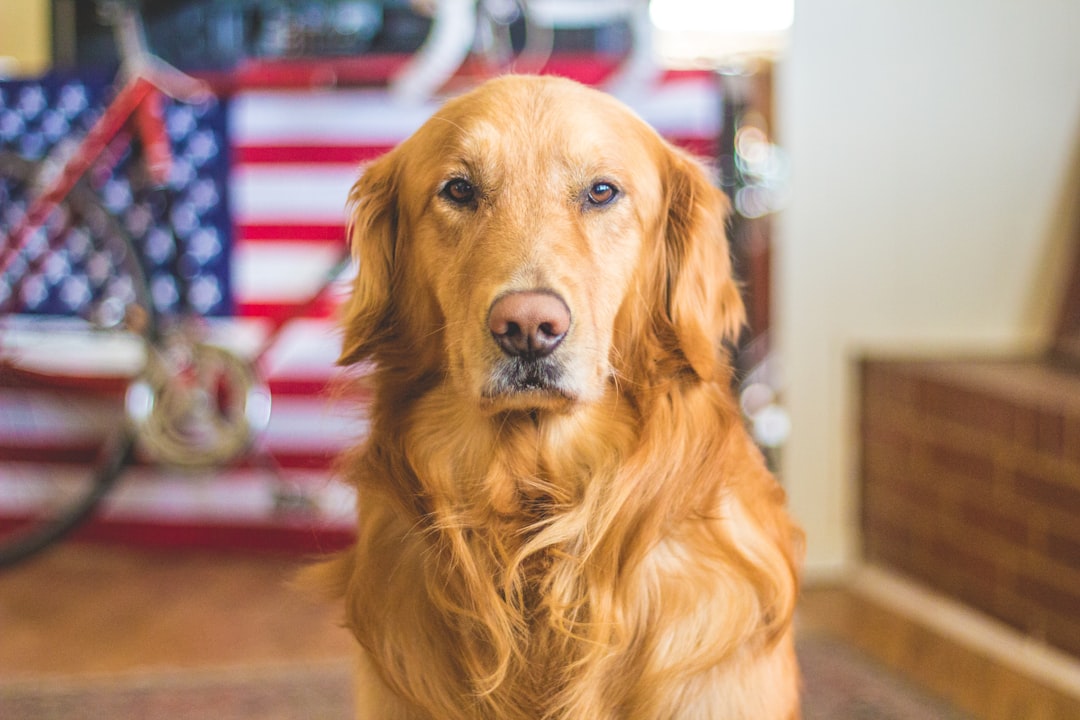Alleviating Anxiety: A Comprehensive Guide to Dealing with Separation Anxiety in Dogs
An overview of separation anxiety in dogs, including common signs and symptoms, tips for managing and training techniques, seeking professional help, and long-term support and rehoming considerations.
Understanding Separation Anxiety in Dogs Separation anxiety in dogs is a condition where a dog experiences extreme distress when separated from its owner or a group of people it is closely bonded to. This can lead to disruptive behaviors such as urinating and defecating, barking and howling, chewing, digging, destruction, escaping, pacing, and separation anxiety. It’s essential to differentiate separation anxiety from other behavior problems like submissive or excitement urination, incomplete house training, urine marking, juvenile destruction, boredom, and excessive barking or howling. The causes and triggers of separation anxiety in dogs can include the loss of an important person or group of people, changes in schedule, residence, or household membership, and suffering a traumatic event. For example, a dog with separation anxiety may exhibit destructive behaviors such as chewing furniture and excessive barking when left alone, but these behaviors are not observed when the owner is present. This distinction is crucial in understanding the root cause of the behavior.
Managing Separation Anxiety
Managing separation anxiety in dogs is a multifaceted process that requires a combination of strategies to help alleviate the distress experienced by our canine companions. Aside from providing physical and mental stimulation, it’s crucial to establish a consistent routine and incorporate natural calming supplements to support their well-being.
For instance, taking dogs for regular walks not only fulfills their physical exercise needs but also stimulates their minds through exposure to different environments, scents, and sights. Additionally, engaging them in interactive games and offering puzzle toys can keep their minds occupied and prevent boredom, which is often a trigger for separation anxiety. These activities not only provide mental stimulation but also serve as a positive distraction during the owner’s absence, helping to ease the dog’s distress.
Moreover, incorporating natural calming supplements, such as pheromone diffusers or herbal remedies recommended by a veterinarian, can aid in reducing anxiety levels. These supplements work by promoting a sense of calmness and relaxation, which can be beneficial for dogs experiencing separation anxiety. When used in conjunction with other management techniques, they contribute to creating a more soothing environment for the dog.
By providing a consistent routine and engaging the dog in stimulating activities, pet owners can help reduce the anxiety associated with separation, ultimately contributing to the overall well-being of their furry companions.
Training Techniques for Separation Anxiety Counterconditioning and desensitization programs are effective training techniques for addressing separation anxiety in dogs. This involves gradually accustoming the dog to being alone by starting with short separations and increasing the duration over time. Additionally, crate training can be beneficial for some dogs but may cause added stress and anxiety for others. For preventing separation anxiety in puppies, proper socialization and training, along with establishing scheduled alone time for puppies to amuse themselves with toys, can be effective strategies. For instance, a dog with mild separation anxiety may benefit from counterconditioning, where being alone is associated with something positive like a food-stuffed toy, while a dog with severe separation anxiety may require a more gradual desensitization process.
 Seeking Professional Help for Severe Cases of Separation Anxiety
Seeking Professional Help for Severe Cases of Separation Anxiety
Recognizing the signs of severe separation anxiety in dogs is crucial for pet owners. When distress behaviors such as excessive urination, destructive chewing, or incessant howling significantly impact the dog’s well-being, seeking professional intervention becomes imperative. For instance, if a dog exhibits destructive behavior to the extent that it causes self-harm, professional assistance is essential to ensure the dog’s safety and well-being.
In such severe cases, consulting a veterinarian, a certified veterinary behaviorist or a professional trainer is highly recommended. These professionals can conduct a comprehensive assessment to determine the severity of the separation anxiety and develop a tailored treatment plan. They may prescribe medications in consultation with the pet owner to alleviate the dog’s anxiety and distress. For example, anti-anxiety medications may be recommended to help the dog manage its anxiety levels during periods of separation, thereby promoting a sense of calm and security. This approach can greatly benefit dogs that have not responded to other behavior modification techniques.
By seeking professional help in severe cases, pet owners can provide their dogs with the necessary support and medical intervention to improve their overall well-being and quality of life. Professional trainers can help set up a plan for you and your dog to begin tackling the issues you are experiencing. Pairing confidence building with structured training will be a great way to get you and your pup both feeling more confident about your journey moving forward. Our trainers at Off Leash K9 Training ate happy to help you move in this direction.
Long-Term Support and Rehoming Considerations
It’s important to understand that the treatment of separation anxiety in dogs is not a quick fix and may take several months to address effectively. During this time, consistent support and patience are vital to help the dog overcome their distress. It’s essential to recognize that each dog is unique, and the duration of treatment may vary based on the severity of their anxiety and their individual response to the intervention.
For instance, a dog experiencing moderate to severe separation anxiety may require a comprehensive treatment plan that involves behavior modification, desensitization, and possibly medication. This process can be time-consuming and may demand unwavering dedication from the pet owner. Patience is key as the dog gradually learns to cope with being alone and gains confidence in their ability to manage their anxiety.
In some cases, despite the best efforts of the pet owner, the home environment or lifestyle may not be conducive to the recovery of a dog with separation anxiety. This is a challenging realization, but it’s crucial to prioritize the well-being of the dog. Evaluating rehoming options, where the dog can thrive in a more suitable environment, becomes an important consideration. It’s a decision that requires thoughtful deliberation and should be made with the dog’s best interests at heart.

